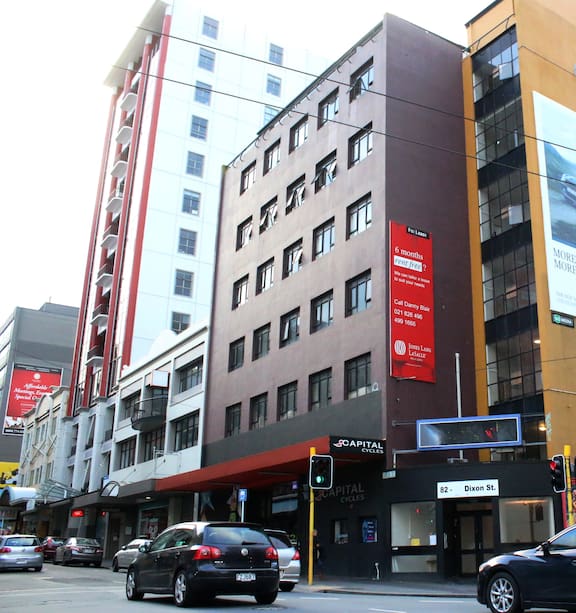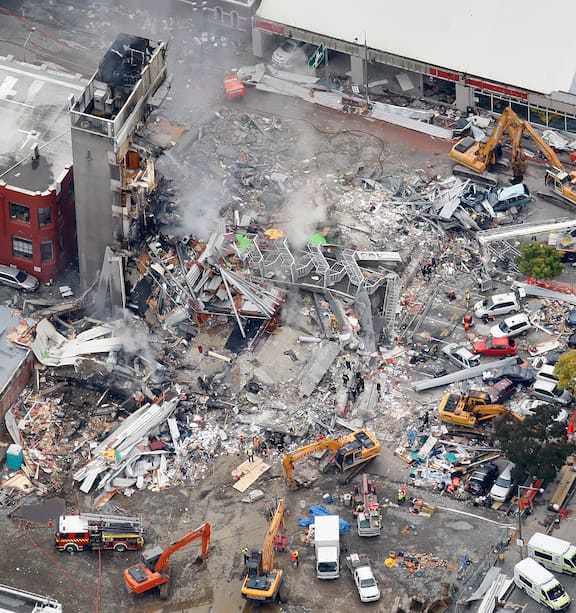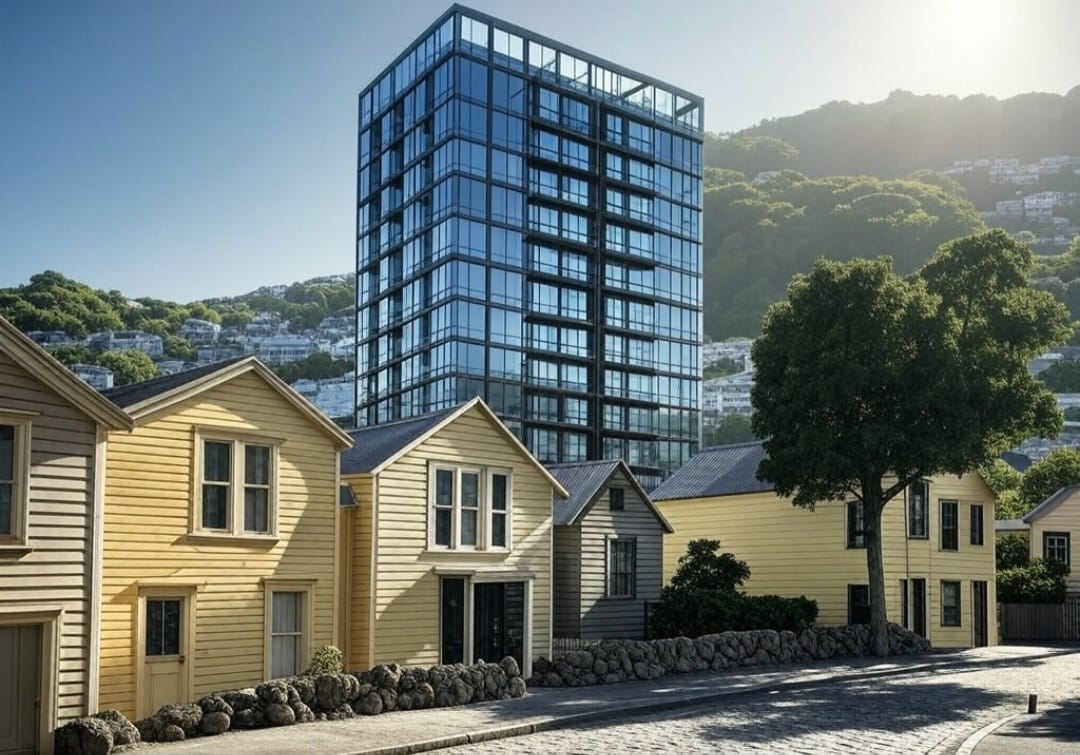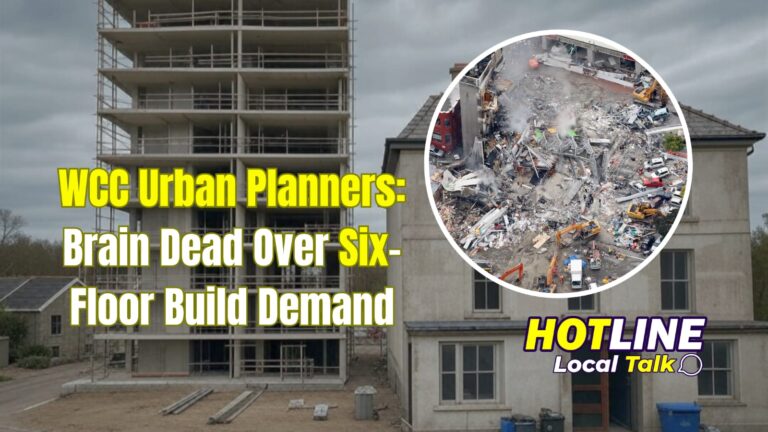Introduction
Wellington City Council (WCC) has stirred up a hornet’s nest among developers with its mandate for six-storey buildings in residential areas. However, this policy is meeting resistance due to economic impracticality, heightened earthquake risks, and concerns over community aesthetics. Let’s delve into why developers, like serial investor Kurt Gibbons, are putting their plans on hold.
Economic Viability: The High Cost of High Rises
The financial landscape for multi-storey buildings in Wellington is daunting. Constructing a six-storey building can cost developers nearly double what it takes to build a two-storey structure. According to recent data, the construction cost per square metre for a six-storey building hovers around NZD $5,000, compared to approximately NZD $2,500 for a typical two-storey residential building. This stark difference is not just a number; it’s a significant barrier that affects project feasibility and profitability. Developers argue that the increased cost does not necessarily translate into corresponding value or demand, particularly in areas where two-storey buildings have sufficed historically.
Picture source: Nz Herald
Seismic Risks: Building Up in a Shake-Prone City
Wellington, sitting on one of the world’s most active seismic zones, faces unique challenges with vertical expansion. The city has experienced several significant earthquakes, including the devastating 2016 Kaikoura earthquake. Building taller structures increases the complexity and cost of ensuring seismic safety. Six-storey buildings require advanced engineering solutions like base isolation or tuned mass dampers, which are not only expensive but also add to construction timelines. Critics argue that WCC’s push for height might be overlooking the potential for catastrophic damage in a major seismic event, questioning whether the council’s policy adequately considers safety over aesthetic or density goals.
The six floors of the CTV building ‘pancaked’ in the February 2011 earthquake..
Picture source: nzherald
Shadows and Aesthetics: The Human Element
Another contentious issue is how these six-storey buildings overshadow existing homes, altering the character of neighbourhoods. Residents are vocal about the loss of sunlight and the imposing presence of high-rises which can dramatically change the feel of a community. In areas like Newtown or Thorndon, where heritage and low-rise buildings define the streetscape, such developments could erase decades of architectural history, replacing it with a uniform skyline that many locals find unappealing.
Case Study: The Tip Top Site Standoff
One prominent example of where this policy has hit a wall is the Tip Top site in Newtown. Developer Kurt Gibbons, known for transforming cityscapes, has “paused plans” for the site, citing the WCC’s six-storey mandate as economically unfeasible. This project, intended to rejuvenate the area with mixed-use development, now stands as a testament to the practical challenges of the council’s vision.
Picture source: Linkedin
Critique: Are Planners Out of Touch?
The question then arises: Are WCC’s urban planners disconnected from the ground realities of development? The policy seems to have been formulated with an eye towards solving housing density issues but without sufficient dialogue with developers or consideration for ratepayers’ concerns. Public consultation has been criticized for being too narrow or late in the planning process, often only allowing feedback once plans are nearly set.
Developers argue for more flexible zoning laws that consider economic realities and community impact. Meanwhile, ratepayers worry about the aesthetic and environmental implications of such dense urban planning. The lack of adaptive policy-making, where feedback from the community and developers could lead to more sensible regulations, appears to be a significant oversight by WCC planners.
Conclusion
As Wellington grapples with growth and the need for housing, the standoff between developers and council planners over the six-storey mandate highlights a broader issue of policy versus practicality. If WCC aims to foster a vibrant, safe, and economically sound city, it must revisit its planning strategies. Listening to both developers and residents could pave the way for solutions that balance growth with sustainability and community well-being. The current trajectory raises the question: Can WCC planners truly claim to be shaping Wellington’s future, or are they merely drawing lines in the sand?
Engagement and Your Thoughts
Imagine waking up to find a towering six-storey building casting shadows over your home. How would you feel about that? We want to know! Click onto HOTLINE Letters to the Editor to voice your opinion.
HOTLINE Letters to the Editor








